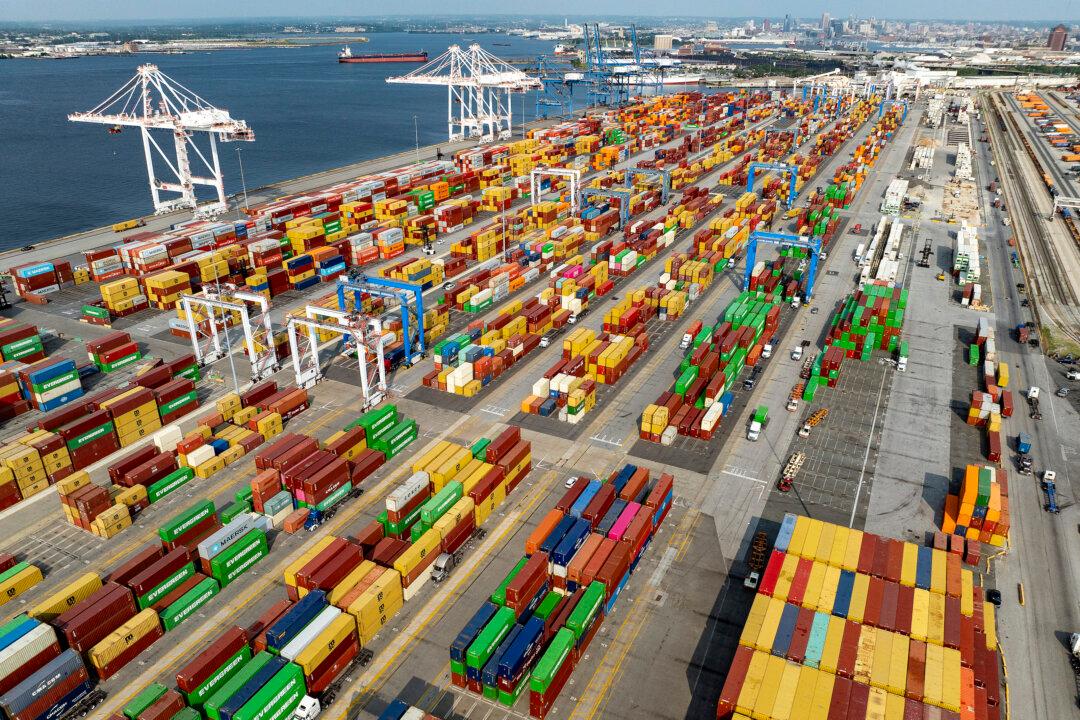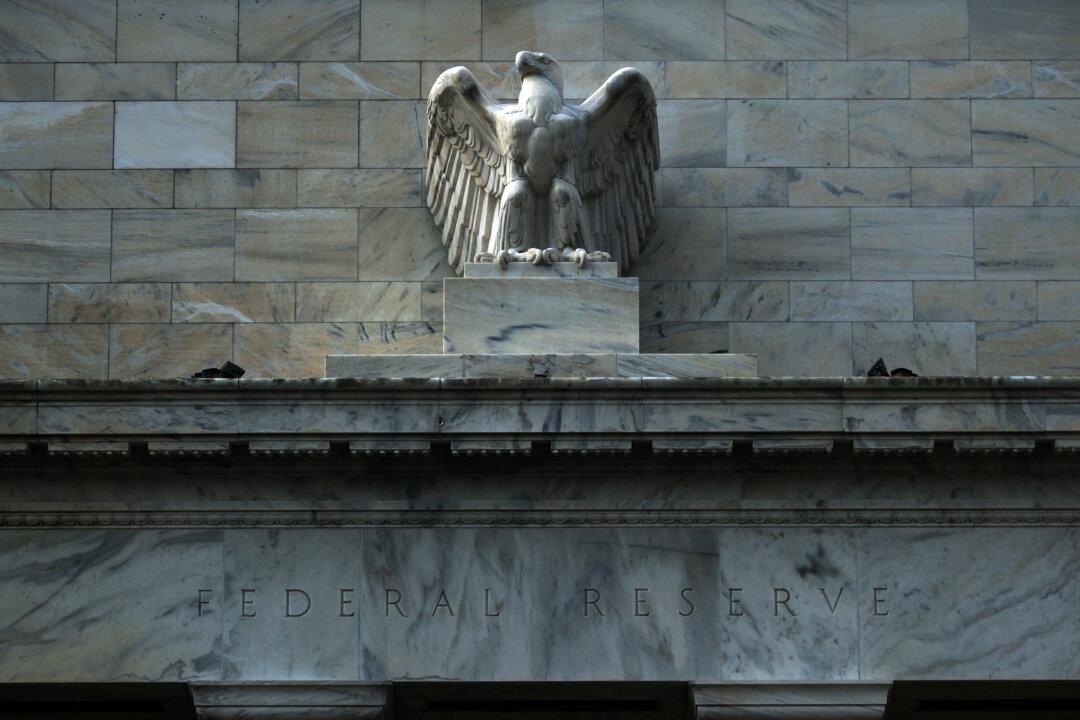Commentary
Every time there’s a banking crisis, some scratch their heads and wonder, how could this happen? Surely it must be greed, bad risk management, or a lack of regulation? More intervention should solve it. However, all those excuses miss the most critical point: The U.S. banking system was destroyed by design, and the big banks played along with it.





